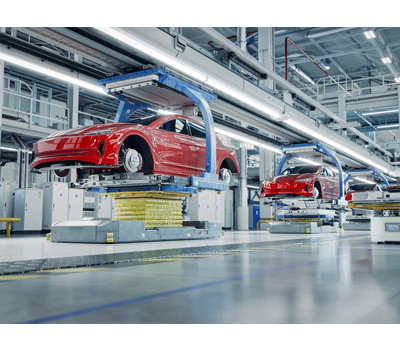Steam Rotary Joint For Automotive Industry
In the automotive industry, rotary joints are essential components used to transfer fluids such as water, oil, or air to rotating parts of machinery, while maintaining a sealed connection. These joints are commonly found in automotive manufacturing equipment like robotic arms, conveyor systems, and tire manufacturing machines. For example, in tire production, rotary joints allow for the transfer of cooling or heating fluids during the curing process. In robotic assembly lines, they facilitate the flow of lubricants or air to moving parts, ensuring smooth operation and reducing wear. Designed to withstand high pressures, temperatures, and harsh chemicals, rotary joints in the automotive industry are critical for maintaining efficiency, improving production quality, and minimizing downtime in fast-paced manufacturing environments.
Rotary Joints/ Rotary Couplings for Automotive Industry
Rotary unions are crucial components that enable the transfer of fluids such as air, water, oil, or coolant to rotating equipment while maintaining a sealed connection. These unions are commonly used in robotic arms, assembly lines, painting systems, and tire manufacturing equipment. For example, in robotic systems, rotary unions facilitate the flow of compressed air or hydraulic fluid to rotating parts, ensuring smooth and precise movements. In tire manufacturing, they deliver cooling fluids to molds during curing processes. Rotary unions in the automotive industry are designed to handle high-pressure and high-temperature environments while being resistant to wear and corrosion, ensuring durability, reliability, and minimal maintenance in high-demand production lines.

